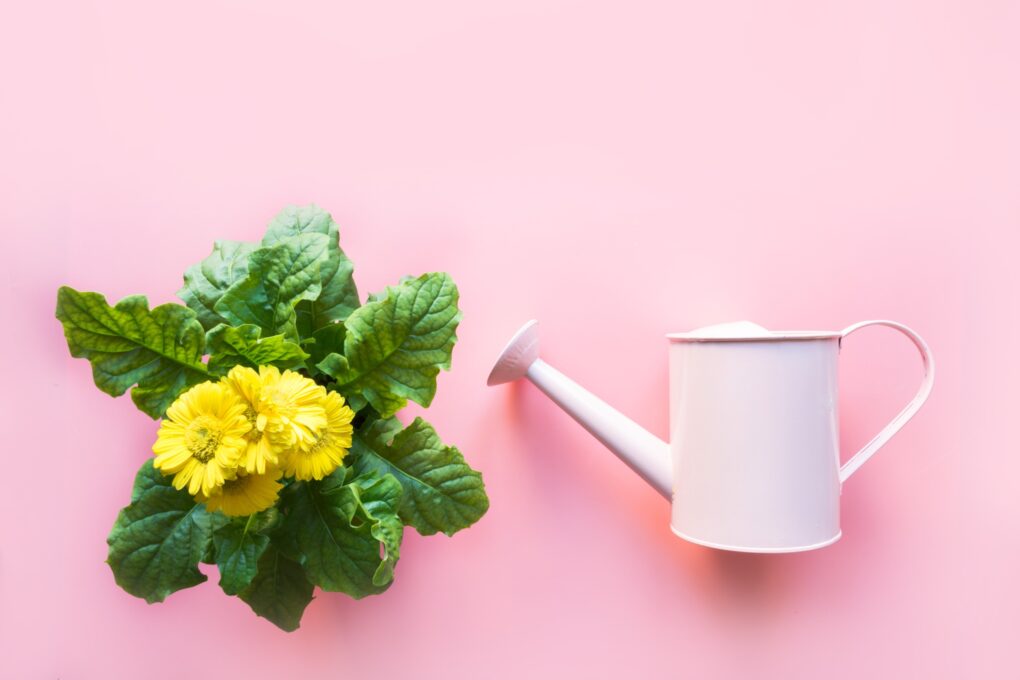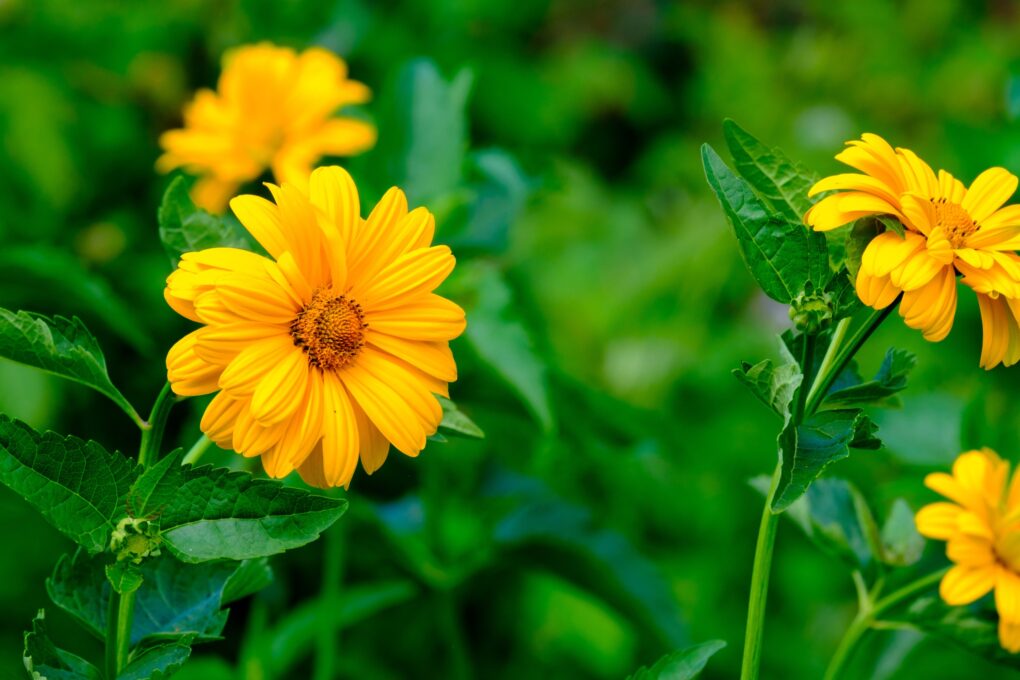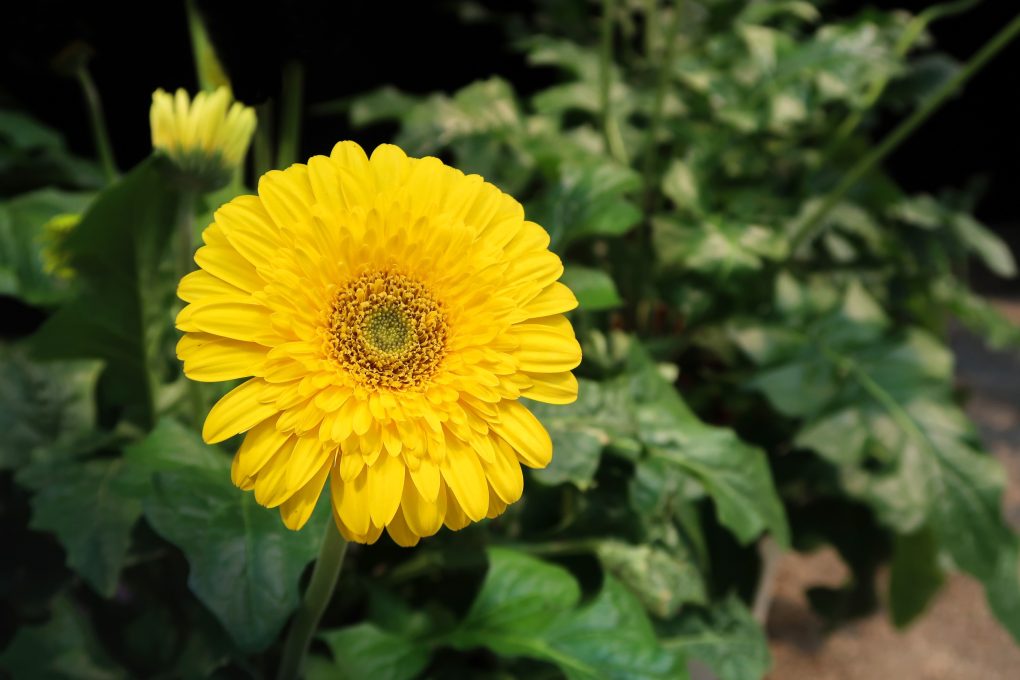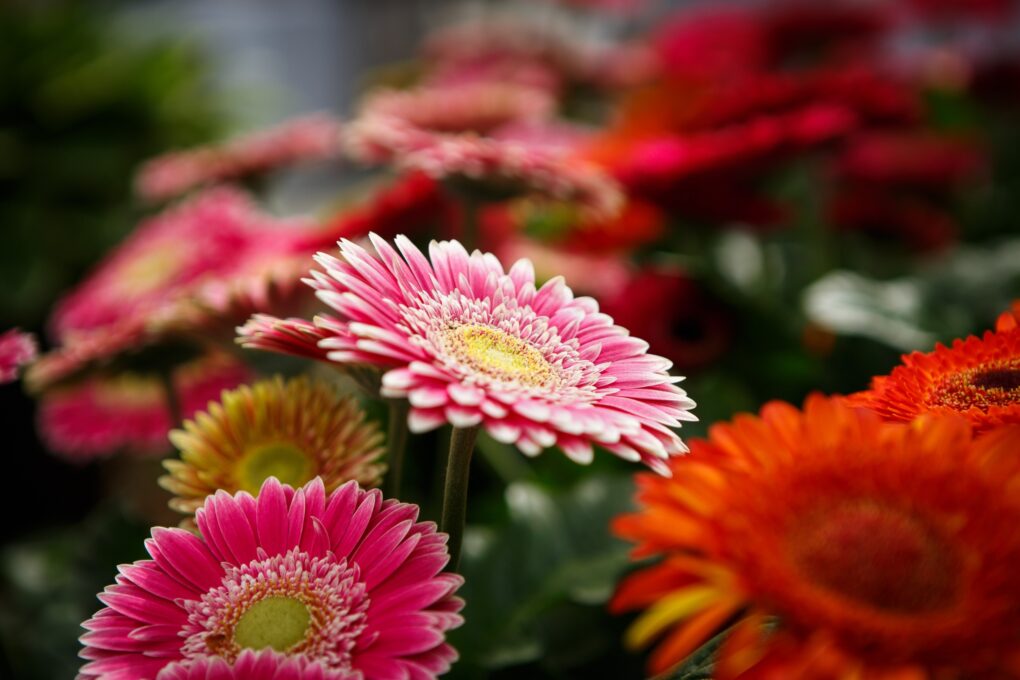Keeping Your Gerbera Daisies Hydrated: Watering Do’s and Don’ts
Maintaining proper watering practices is crucial for the health and vibrancy of your Gerbera daisies. These plants require moderate water levels; over or under-watering can be detrimental. Achieving the right balance is key to their growth. Over-watering leads to root rot, depriving the plant of essential nutrients. Underwatering causes wilting, yellowing leaves, and eventual death. By understanding your Gerbera daisy’s watering needs and following best practices, you can help them thrive.

Table of Contents
Understanding Gerbera Daisy Watering Needs

Gerbera daisies need consistent moisture to thrive, but finding the perfect balance can be challenging. Over-watering causes root rot, while under-watering results in wilting and death. To establish a healthy watering routine, water the soil directly at the base of the plant, avoiding overhead watering that can lead to fungal diseases. When temperatures are cooler, watering in the morning or evening reduces evaporation. Using well-draining soil mix and organic matter helps retain moisture without waterlogging. Avoid getting water on leaves and petals, as it can cause sunburn and damage.
Don’t Overwater Gerbera Daisies
Overwatering is a common issue for Gerbera daisy growers. While more water might seem beneficial, it can harm the plant. Regular watering is necessary, but avoid waterlogging the soil, as it leads to root rot and fungal diseases. To prevent this, water deeply but infrequently, allowing the soil to slightly dry between waterings. Well-draining potting mix and pots with drainage holes prevent overwatering and promote healthy growth.
Don’t Underwater Gerbera Daisies

Consistent watering is essential for thriving Gerbera daisies. Underwatering causes wilting and plant death, so it’s crucial to keep the soil moist without waterlogging it. Water in the morning to allow leaves and flowers to dry before nightfall. Use a watering can or drip irrigation for precise watering. Avoid wetting leaves and flowers to prevent fungal diseases. Proper watering will flourish your Gerbera daisies, adding beauty to your garden or indoor space.
Best Time to Water Gerbera Daisies
Watering your Gerbera daisies at the right time is crucial for their health. When temperatures are cooler and the sun is less intense, morning watering reduces the risk of mold and mildew. It also allows leaves and flowers to dry before nightfall, minimizing fungal diseases.
Water deeply but infrequently instead of shallow and frequent watering. Use room temperature water to prevent root shock. Self-watering containers or drip irrigation systems help maintain consistent moisture levels. Follow these watering guidelines for thriving Gerbera daisies.
Watering Gerbera Daisies in the Morning
Providing water in the morning is crucial for Gerbera daisies. It allows plants to absorb water before the day’s heat, reducing evaporation and leaf mildew. Daily watering may be necessary during hot summers, but avoid overwatering to prevent root rot. Water deeply and infrequently for optimal growth. Drip irrigation systems or self-watering containers maintain consistent moisture levels without overwatering.
Watering Gerbera Daisies in the Evening
While morning watering is generally preferred, watering in the evening can benefit Gerbera daisies during hot summer months. It lets the plant absorb water overnight, preventing wilting in daytime heat. Avoid getting water on leaves and flowers to prevent fungal growth and disease. Water deeply and consistently without overwatering. Use well-draining soil mix and mulch to
retain moisture.
Watering Methods for Gerbera Daisies
The right watering technique is essential to keep your Gerbera daisies healthy and hydrated. Water the soil around the plant’s base using a watering can or hose, avoiding leaves and flowers to prevent rot and fungal diseases. Don’t overwater, as it can cause root rot. Instead, consider using a drip irrigation system for efficient watering during hot and dry weather.
Watering Gerbera Daisies from Above
Watering Gerbera daisies from above can lead to problems if the water sits on the leaves. Use a gentle mist or shower on your watering can or hose if necessary. Avoid overwatering, as Gerbera daisies are prone to root rot. Water only when the top inch of soil feels dry and avoid using hard water, which can cause mineral buildup on leaves and flowers.
Watering Gerbera Daisies from Below

Watering Gerbera daisies from below can prevent water from getting on leaves and causing fungal diseases. Place the plant in a saucer or tray of water, allowing it to soak up moisture for about an hour. Use room temperature water to prevent root shock. Avoid overwatering to prevent root rot. Allow the soil to slightly dry between watering for optimal growth.
Factors That Affect Gerbera Daisy Watering Frequency
The frequency of watering gerbera daisies depends on various factors. Soil type and drainage are crucial in determining water needs. Well-draining soil prevents root rot. Higher temperatures and low humidity levels dry out the soil faster, requiring more frequent watering. Smaller pots with fewer drainage holes may need more frequent watering than larger containers.
The Size of the Container
Container size determines watering frequency. Smaller containers dry out quickly and may require more watering, while larger containers retain moisture longer and need less frequent watering. Regularly check soil moisture to adjust watering schedule. Find the right balance for your container size to avoid over or under watering and maintain consistent moisture.
Soil Type and Drainage
Choosing the right soil type and ensuring proper drainage is crucial for healthy gerbera daisies. They prefer well-draining soil that allows water to pass through easily. Use pots with drainage holes or ensure proper drainage in garden beds. Soil that retains excess moisture leads to root rot. Adjust watering frequency based on climate, season, plant size, and pot type. Avoid overwatering by allowing the soil to slightly dry before watering again.
Humidity and Temperature
Ideal humidity and temperature levels are vital for healthy gerbera daisies. High humidity slows soil drying, requiring less frequent watering. High temperatures dry out the soil faster, necessitating more watering. Monitor both factors closely and adjust watering schedule accordingly. Maintaining the right balance prevents over or under watering, ensuring the survival and growth of your gerbera daisies.
Signs of Overwatering and Underwatering Gerbera Daisies
Overwatering and underwatering are common issues when caring for gerbera daisies. Signs of overwatering include wilting, yellow leaves, and root rot. Underwatering shows as wilting, dry soil, and brown leaves. To prevent these problems, water your plants properly. Water when the top inch of soil is dry, avoiding water on leaves. Ensure proper drainage and choose an appropriate pot size to avoid over or under watering.
